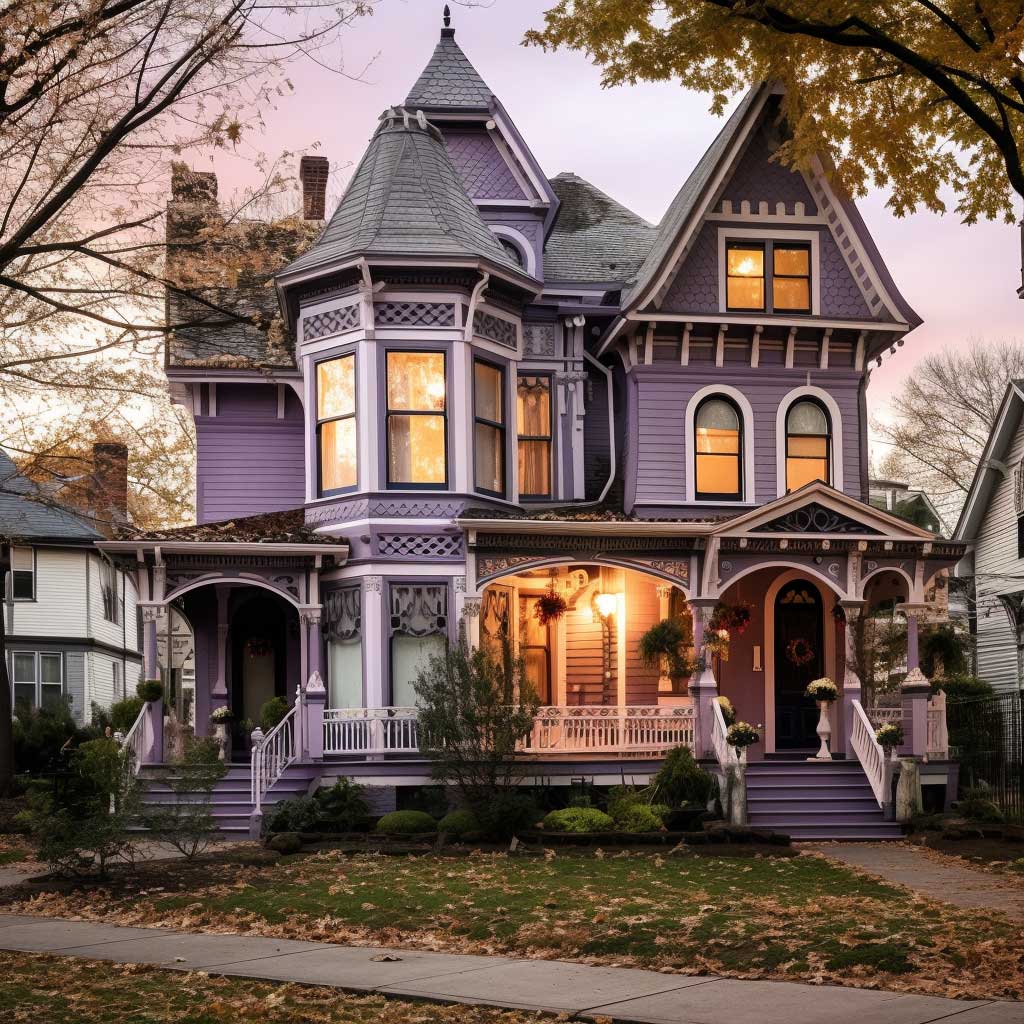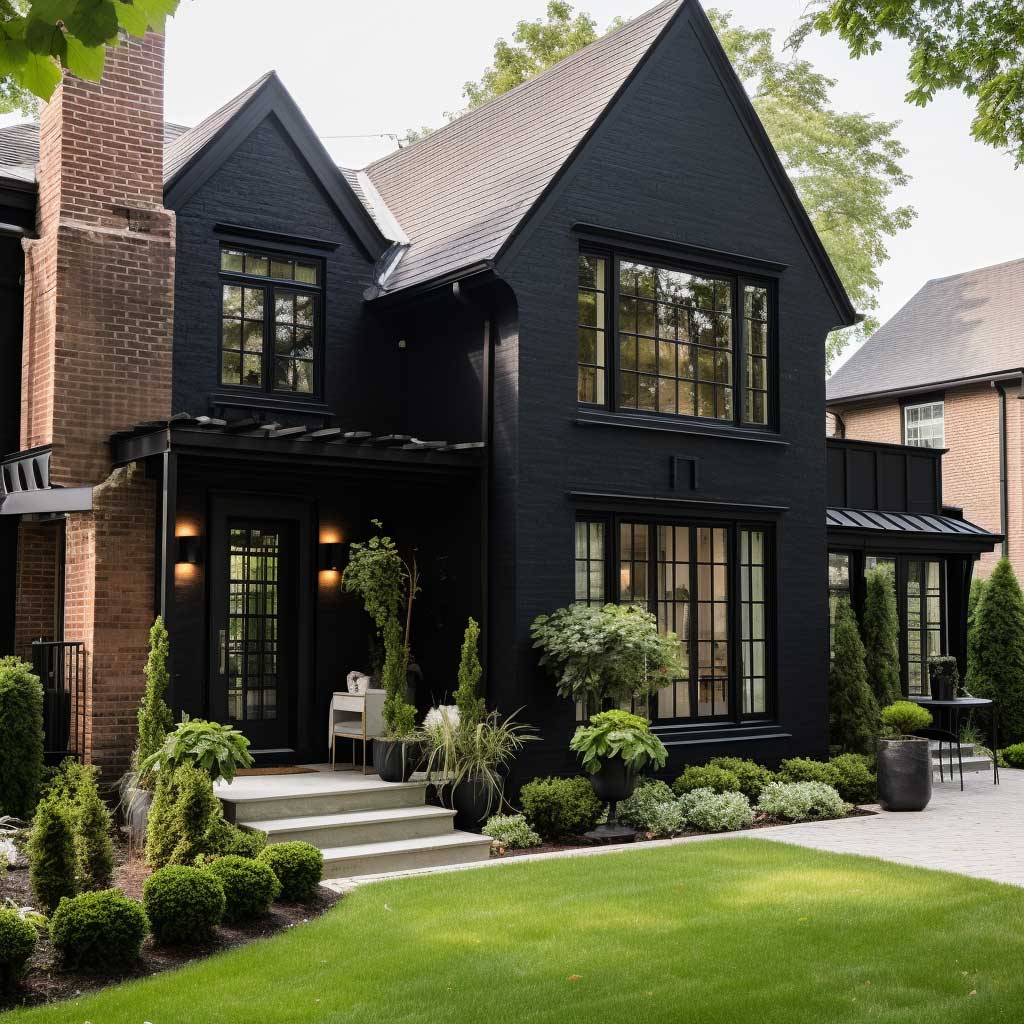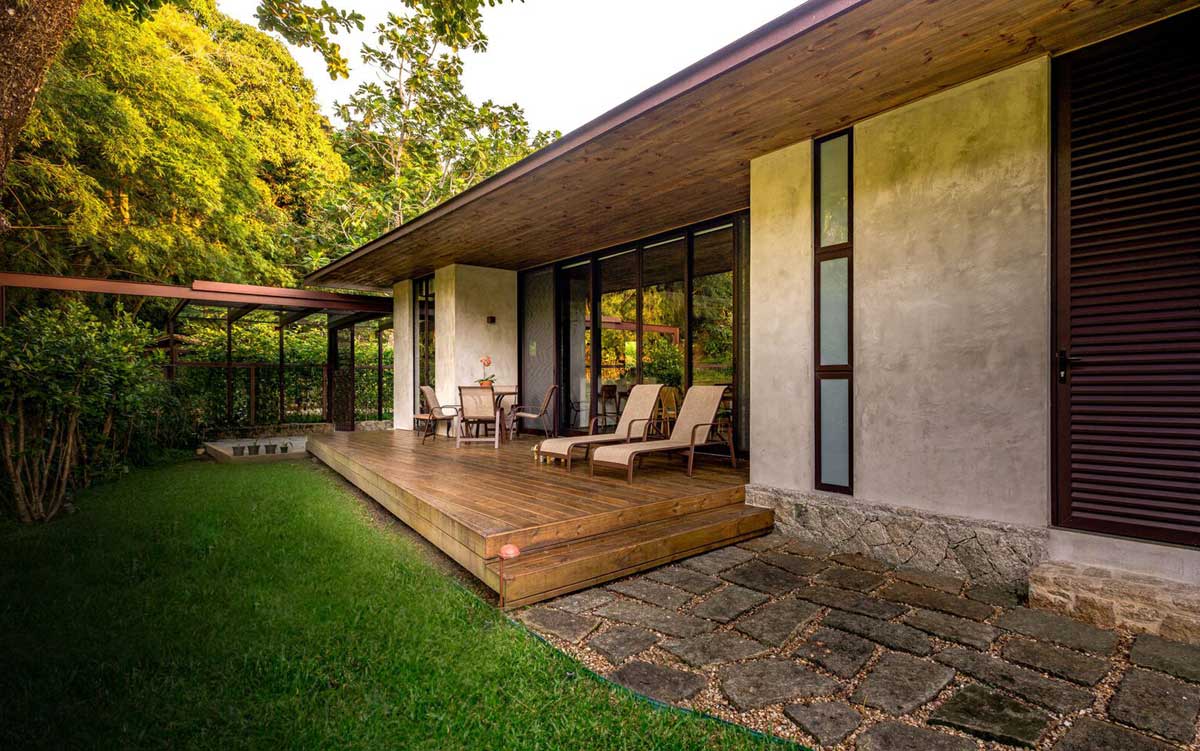Purple, with its wide range of hues from light lavender to deep plum, is a bold and unconventional choice for a house exterior. However, when used thoughtfully, this vibrant colour can result in spectacularly unique and aesthetically pleasing homes. This guide will explore various instances of purple houses, offering insights into how different shades can enhance architectural features, create eye-catching contrasts, and seamlessly blend with the surrounding landscape.
Victorian Elegance in a Lavender Purple House




This image showcases a Victorian-era house painted in a delicate lavender purple color. This particular shade exudes an elegance and charm that is both welcoming and mesmerizing, providing an aesthetically pleasing visual display for passersby. The choice of lavender adds a unique touch to the property, enhancing its Victorian architecture and character while paying homage to the period’s love for rich, ornate hues. This soft purple color not only serves as a captivating visual element but also beautifully complements the detailed ornamentation characteristic of Victorian style houses.
The enchanting lavender color serves to highlight and accentuate the intricate architectural details of the Victorian design. From the elaborate trims to the decorated eaves and corbels, each element is brought to the fore, given more prominence and visibility due to the captivating backdrop. The purple color also works harmoniously with the dark, ornate detailing around the windows and doorways, offering a stunning contrast that emphasizes these features even more.
In this photograph, the house stands majestically against a backdrop of lush greenery and a clear, blue sky. The lavender color works in harmony with this natural backdrop, creating a visually pleasing palette that blends man-made structures and nature seamlessly. The bright daylight enhances the lavender, making it pop against the greens and blues, further accentuating the house’s unique charm and appeal.
Moreover, the lavender color is not just a beautiful choice; it’s also a practical one. Light shades of purple like lavender can help to reflect sunlight rather than absorb it, which can help to keep the house cooler during the summer months. This is especially advantageous in areas with warmer climates, offering a functional benefit to go alongside its aesthetic appeal.
The image also demonstrates how well the lavender exterior pairs with the home’s white trim. The crisp white windows, doors, and railings stand out against the soft purple backdrop, creating a delightful contrast that further accentuates the home’s architectural design and adds an additional layer of visual interest. The white trim gives the home a fresh, clean look that balances out the rich lavender exterior.
In conclusion, this lavender Victorian house is a splendid example of how a bold and unconventional color choice can breathe life into a home’s exterior, creating a stunning visual spectacle that enhances the property’s original features. This particular shade of purple is not just visually pleasing; it adds depth, showcases the home’s Victorian design, and seamlessly integrates with the surrounding landscape, resulting in a home exterior that is both beautiful and unique.
Modern Luxury in a Plum Purple House




This image features a modern house that makes a bold statement with its rich plum purple exterior. The deep purple color, unusual for house exteriors, gives the property a distinct and luxurious look that sets it apart from traditional home designs. The plum shade perfectly embodies the idea of modern luxury, offering a mix of sophistication and uniqueness that is truly mesmerizing.
The plum purple color works wonderfully with the clean lines and geometric shapes characteristic of modern architecture. The deep, rich hue serves as a dramatic backdrop that highlights these features, making them even more striking. Furthermore, the purple color gives depth to the building’s exterior, emphasizing the different planes and angles of the modern design and adding a sense of three-dimensionality.
The property is surrounded by a landscape of varying green shades, from the lush lawn to the dense trees. The plum purple exterior contrasts brilliantly with these natural elements, creating a beautiful juxtaposition between the organic greens and the rich, man-made purple. This striking contrast not only enhances the home’s visual appeal but also creates a stunning, vibrant color palette that is sure to catch the eye of any passerby.
The house also features large, floor-to-ceiling windows that break up the expanses of the plum purple exterior. These windows reflect the surrounding environment, further adding to the dynamic interplay between the building and the landscape. Additionally, they allow natural light to flood the interior, providing a pleasing contrast to the darker exterior.
At night, the plum purple exterior takes on a new level of elegance. The house’s exterior and landscape lighting cast a warm glow on the deep purple facade, adding another dimension of richness and depth to the color. This transformation from day to night shows the versatility of the plum purple color and how it can bring a unique and dramatic aesthetic to a home’s exterior, regardless of the time of day.
In conclusion, the plum purple modern house in this image is a perfect example of how daring and unconventional exterior color choices can transform a home into a stunning architectural piece. This rich, bold color, combined with the modern design of the house, creates an aesthetic that exudes luxury and sophistication. It is a testament to the power of color in enhancing architectural design, creating visual interest, and establishing a distinct identity.
Country Charm in a Lilac Purple House




This image features a quaint country house painted in a charming shade of lilac purple. This color, with its soft and soothing qualities, brings a whimsical, fairy-tale-like charm to the house that is hard to overlook. The lilac exterior, paired with the home’s country-style architecture, creates a homey, welcoming aesthetic that is truly enchanting.
The lilac purple paint beautifully complements the rustic design elements of the country-style house. The color adds a touch of whimsy to the traditional design, giving it a fresh, modern twist while still maintaining its classic charm. The lilac hue also works wonderfully with the wooden features of the house, such as the doors and window frames, creating a harmonious and pleasing color palette.
Nestled amidst a verdant landscape, the lilac house stands out as a charming feature in the countryside setting. The soft purple shade contrasts beautifully with the surrounding greenery, creating a picturesque scene that is soothing to the eyes. The lilac color seems to change subtly with the varying light conditions throughout the day, at times appearing more vibrant under bright sunlight and taking on a softer hue during the dusk, adding an element of dynamism to the house’s exterior.
The house also features white trim along the windows, doors, and roof, which provide a crisp contrast to the lilac exterior. This combination of lilac and white gives the house a clean, fresh look that enhances its charm and appeal. The white trim also helps to define the architectural details of the house, making them stand out against the purple backdrop.
In this image, we can also see how the house’s lilac color is mirrored in the flowering plants surrounding the property. This repetition of color helps to further integrate the house into its environment and creates a harmonious visual experience.
Conclusion Selecting purple as the colour for your house’s exterior is an adventurous design decision that can dramatically transform its look. Whether you’re attracted to the calming tones of lavender, the regal elegance of plum, or the whimsical charm of lilac, each shade offers its unique visual appeal. As we’ve explored, these hues can highlight your home’s architectural elements, create stunning contrasts with the environment, and offer a distinctive aesthetic that sets your home apart. In the world of exterior design, don’t be afraid to step outside of traditional colour choices and consider the power and potential of purple.






